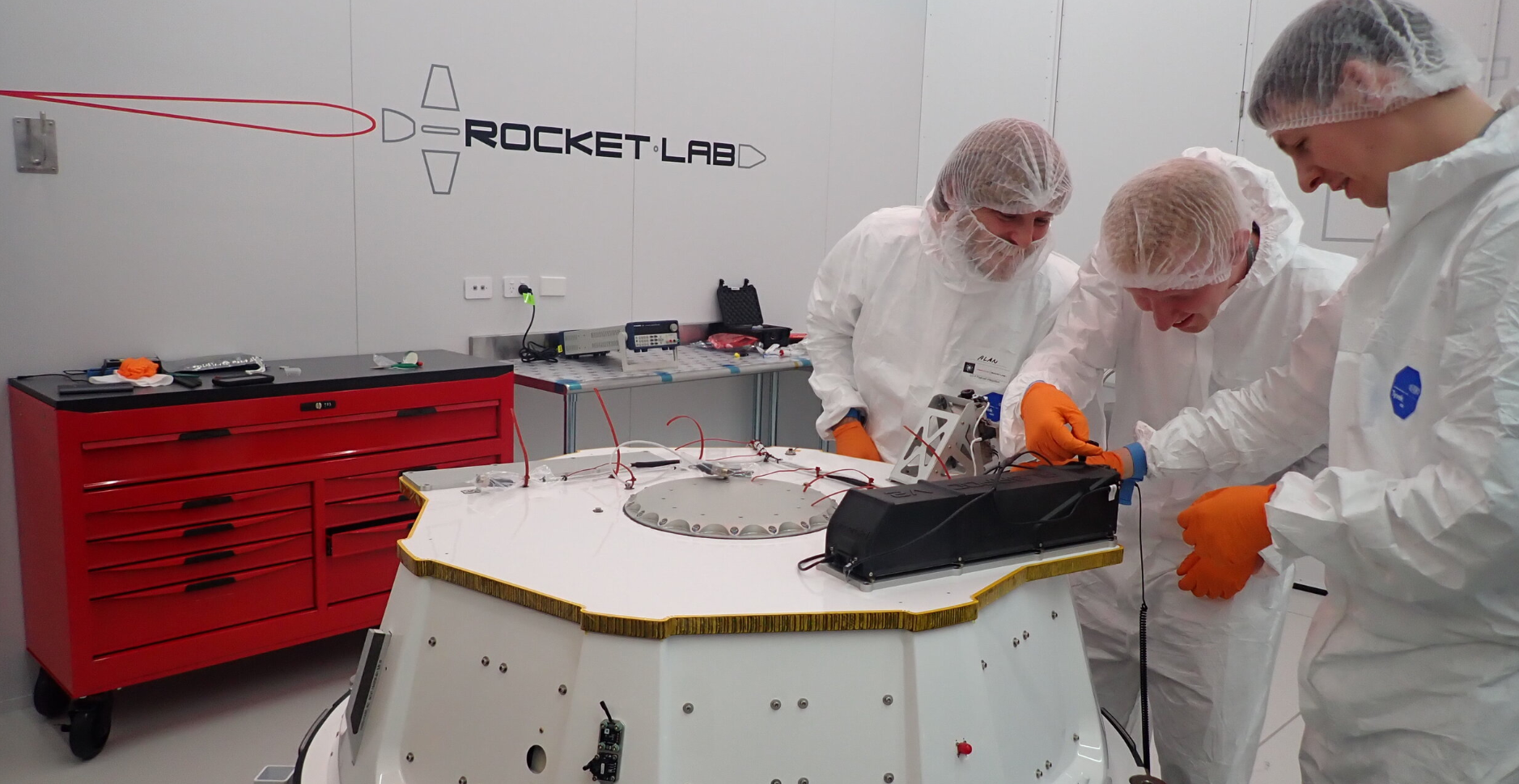LATEST NEWS
December 21, 2025 • 17:53
December 16, 2025 • 09:42
December 16, 2025 • 09:26
December 10, 2025 • 14:28
December 3, 2025 • 11:07
30 Nov 2020
 The ‘maker’ movement in electronics and the meteoric rise of smartphones have led to a surge in small satellites – such as nano- and picosatellites (picosats are the tiniest of smallsats). But something has to propel these pocket-size payloads into space. The AlbaPod is the first flight-proven six unit (6p) ‘PocketQube’ or picosat satellite deployer, whose successful demonstration was performed under the ARTES Competitiveness & Growth programme.
The ‘maker’ movement in electronics and the meteoric rise of smartphones have led to a surge in small satellites – such as nano- and picosatellites (picosats are the tiniest of smallsats). But something has to propel these pocket-size payloads into space. The AlbaPod is the first flight-proven six unit (6p) ‘PocketQube’ or picosat satellite deployer, whose successful demonstration was performed under the ARTES Competitiveness & Growth programme.
The AlbaPod was developed in the UK by Glasgow-based Alba Orbital when it became clear to the developers of these ultra-small platforms that an adequate PocketQube launch infrastructure did not exist. “It was obvious that client demand required an increase in picosatellite deployers, designed to the specifications of the PocketQube Standard,” explains Tom Walkinshaw, CEO of AlbaOrbital. “We knew that this would provide more reliable and frequent launch opportunities.”
The AlbaPod – which meets the launch environment requirements of most major launch providers – does just this, and makes it possible for PocketQubes to be integrated on any launch vehicle as part of a ‘rideshare’ mission.
In December 2019, the AlbaPod was successfully qualified after deploying six PocketQubes in low earth orbit, via an Electron rocket launch from Mahia, New Zealand.
Barnaby Osborne, Technical Officer of the project at ESA says: “The lightweight, unique design can be easily integrated into any launch vehicle. Alba Orbital have made extensive use of 3D printing to lower the cost of the deployer, while still maintaining the demanding quality standards required for space. This is a key requirement for their target customers, who need low-cost reliable access to launch services.”

During the project the Alba Orbital/ARTES team were not only able to successfully demonstrate the AlbaPod 6p (6 units) through the deployment of PocketQubes in orbit, they also managed to reduce the weight of the AlbaPod by using aluminium and windform (a ground-breaking 3-D printing material); and then successfully integrate the AlbaPod with Rocket Lab’s Electron Launch Vehicle.
Tom Walkinshaw, Founder and CEO of Alba Orbital says: “This ARTES project has seen the first flight opportunity for the AlbaPod – which is coincidentally also the first flight opportunity for Alba Orbital’s Unicorn-2 Satellite platform; another ESA project which is the most capable PocketQube platform in production.“
Alba Orbital announced last week the successful integration of 9 PocketQube satellites ahead of their Alba Cluster 3 Launch, named ‘That time of year’, (in homage to the first annual ‘back-to-back’ PocketQube launch).
This exciting mission will launch the largest PocketQube cluster in history on a SpaceX Falcon 9 rocket in December 2020, including satellites from TU Delft, Ariel University, Zonguldak Bülent Ecevit University as well as more of Alba Orbital’s own Unicorn-2 PocketQube platforms.

Walkinshaw sums up the collaboration by saying: “With ESA’s support this project demonstrates reliable, regular and affordable access to space for the PocketQube community and will allow Alba Orbital to grow revenues to 7 figures.”